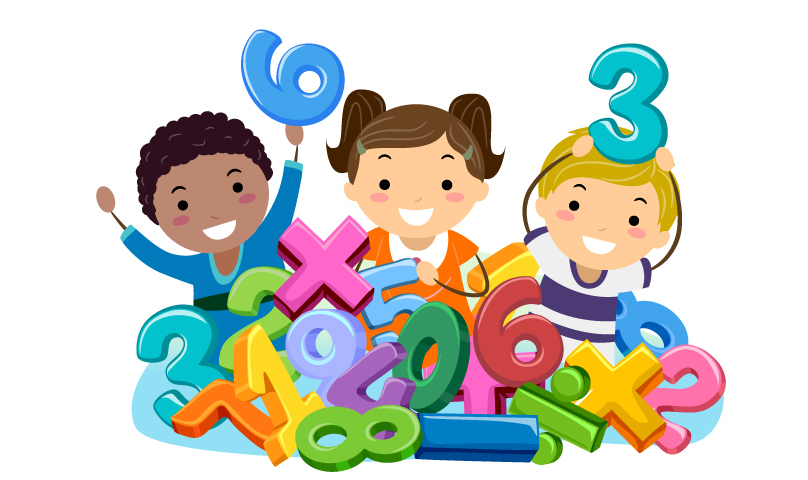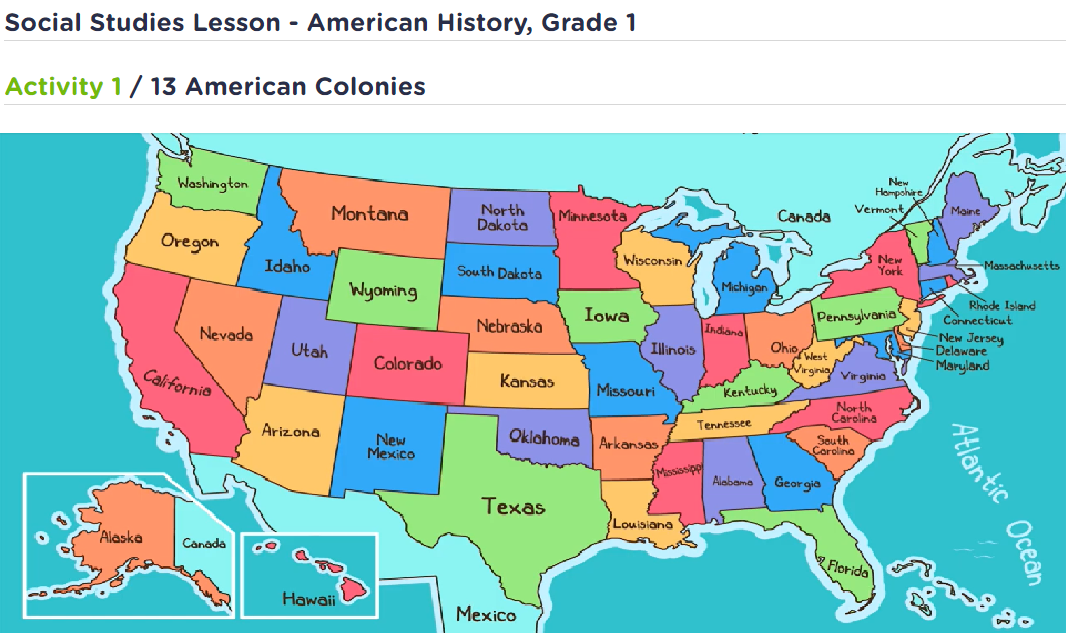Shape identification Normal Math Worksheets for Ages 5-8
6 filtered results
-
From - To
Welcome to our Shape Identification Normal Math Worksheets designed for children aged 5-8! These engaging worksheets enhance your child’s understanding of different shapes through fun and interactive exercises. Each worksheet focuses on key learning skills, helping young learners identify and categorize basic shapes such as circles, squares, triangles, and more. With colorful illustrations and age-appropriate activities, these worksheets make shape recognition enjoyable and effective. Perfect for parents and educators, our resources aim to foster creativity and critical thinking in early learners while reinforcing essential math concepts. Explore our collection and watch your child's confidence in shape identification grow!
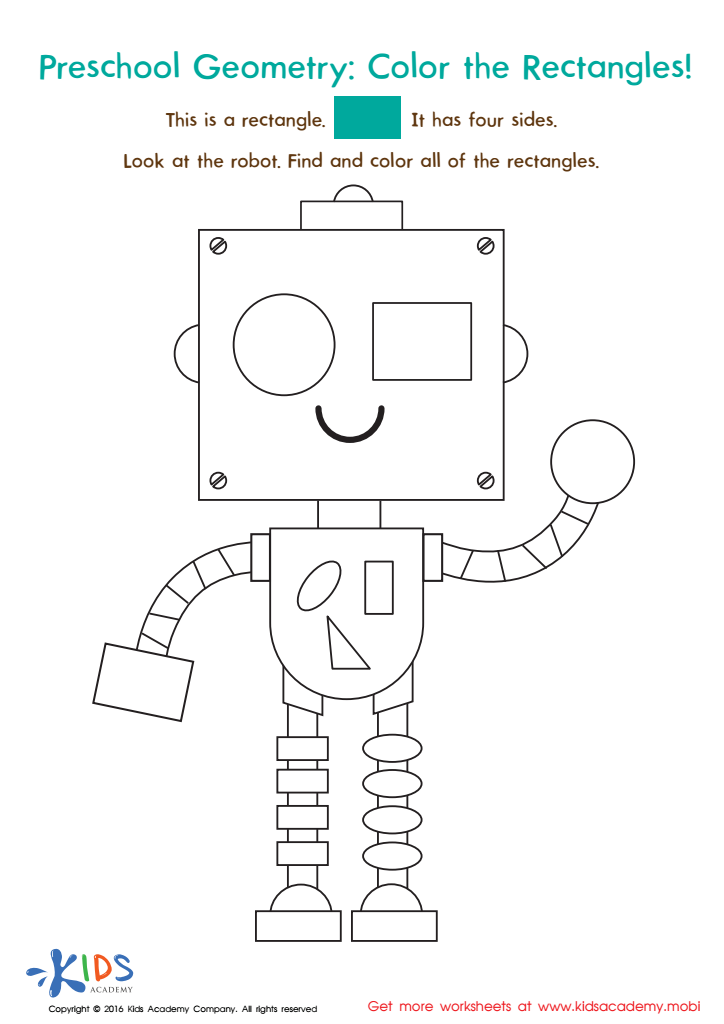

Geometry Worksheet
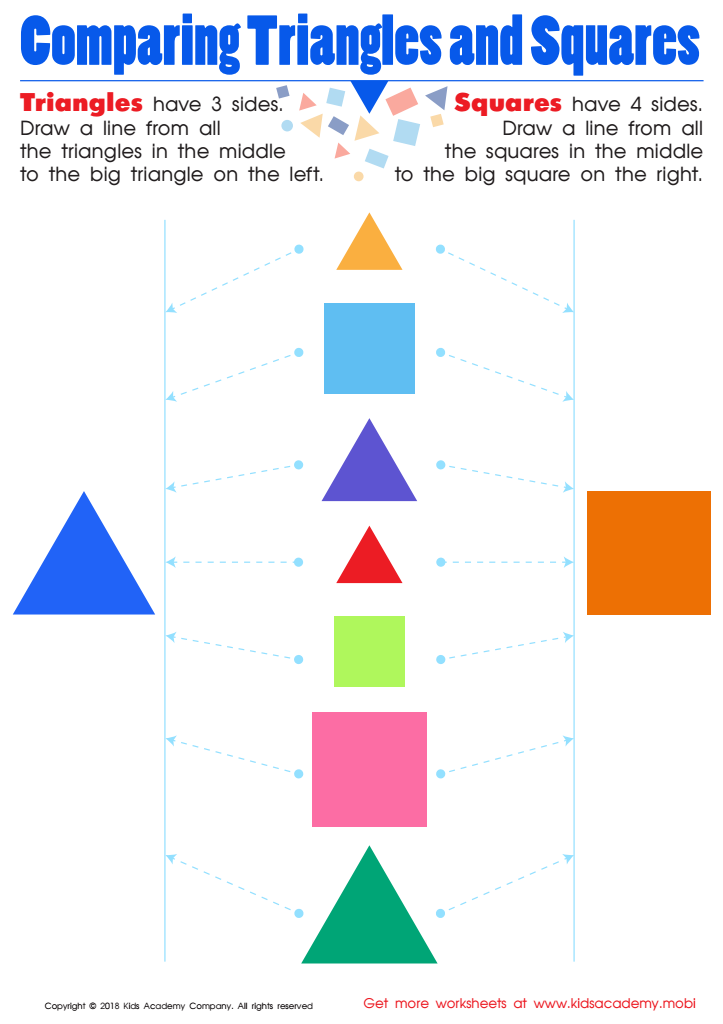

Comparing Triangles Squares Worksheet
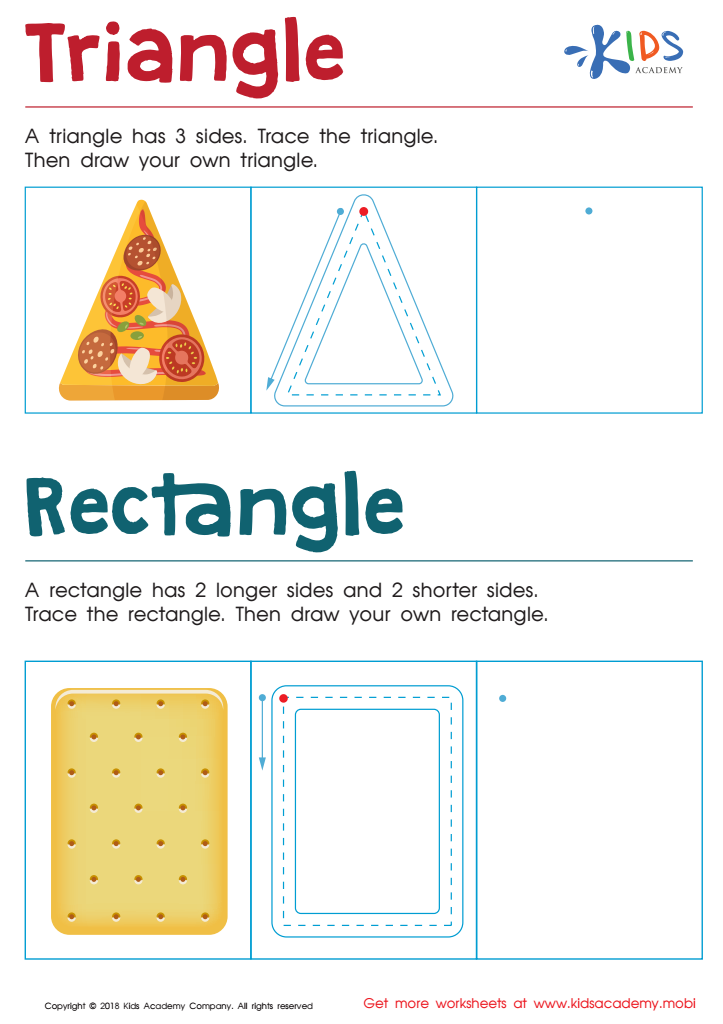

Triangle Rectangle Worksheet
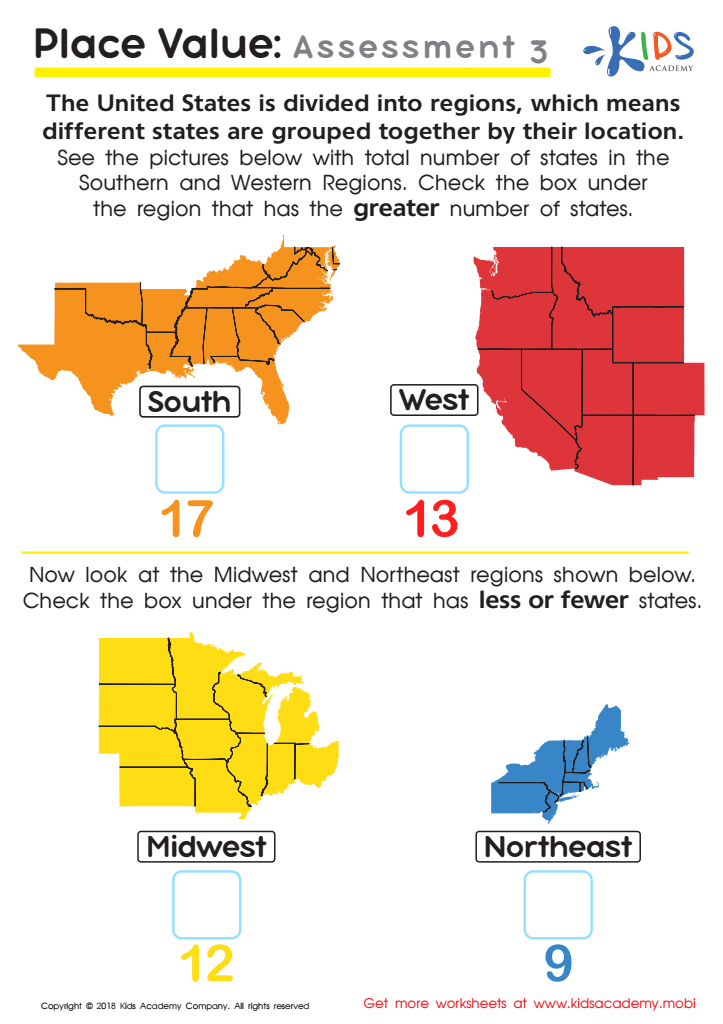

Place Value: Assessment 3 Worksheet
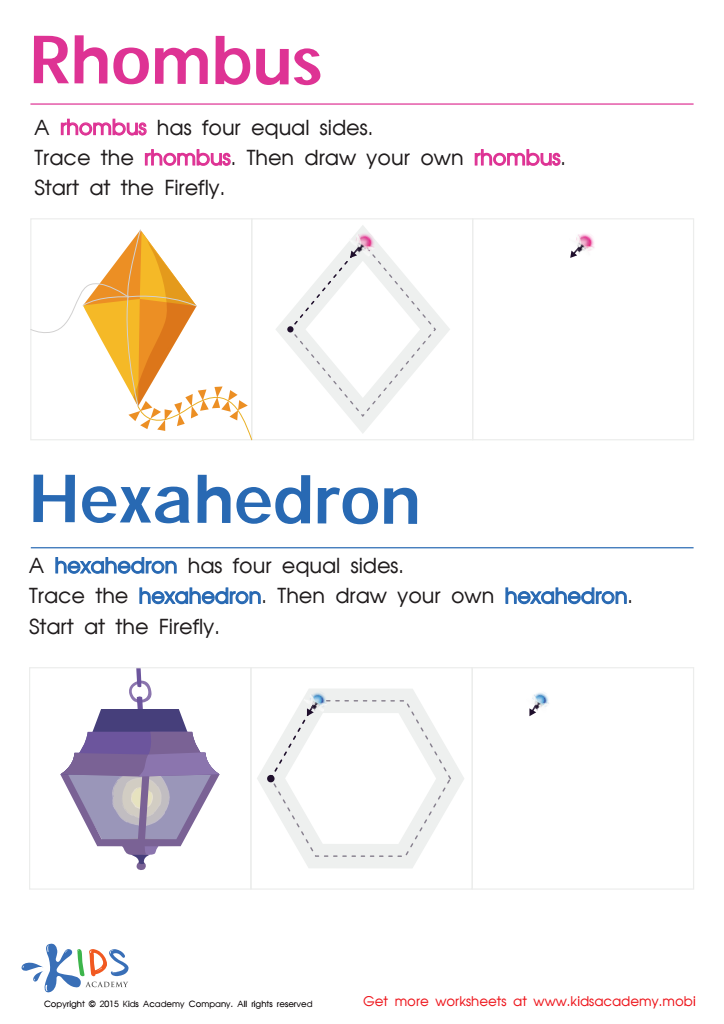

Draw a Rhombus And a Hexahedron Printable
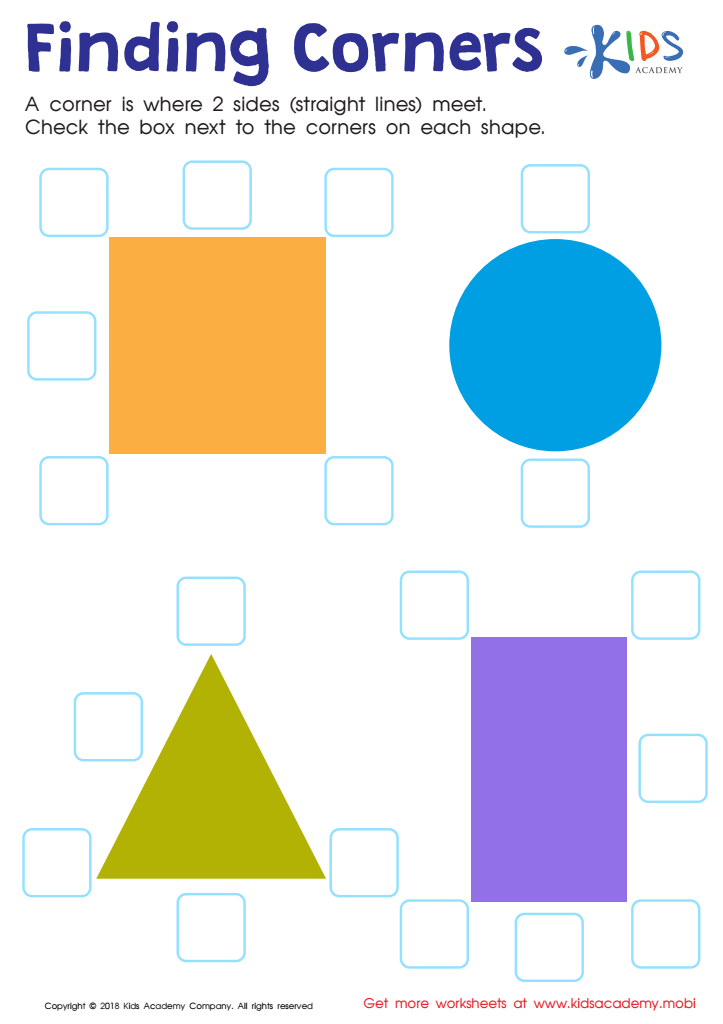

Finding Corners Worksheet
Shape identification is a foundational skill in early mathematics education for children aged 5 to 8. Teachers and parents should care about this developmental phase because it lays the groundwork for critical thinking and spatial awareness. Recognizing shapes not only promotes cognitive skills but also enhances children's ability to make connections across various subjects, such as art and science.
Understanding shapes helps children develop problem-solving skills as they learn to classify objects based on attributes like size, color, and dimensions. This skill is linked to advanced mathematical concepts they will encounter later, such as geometry. By fostering shape recognition, parents and teachers encourage an early love for math that can instill confidence and motivation in children.
Moreover, shape identification enriches language development. As children describe shapes and their features, they expand their vocabulary and communication skills, which are crucial for overall academic success.
In addition, engaging children in shape-related activities can promote social skills through group participation in games and discussions. Thus, prioritizing shape identification not only enhances mathematical proficiency but also nurtures holistic development in young learners. By embracing this vital aspect of early education, parents and teachers play an instrumental role in setting children up for future success.
 Assign to My Students
Assign to My Students





